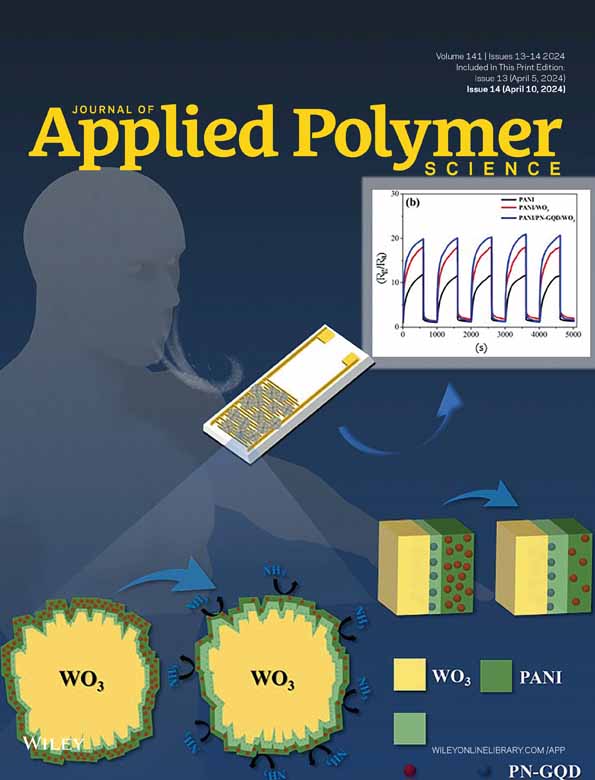The room temperature highly sensitive ammonia gas sensor based on polyaniline and nitrogen doped graphene quantum dot coated flower-like tungsten oxide composite
Abstract
In this study, the newly synthesized polyaniline (PANI)/polyethylenimine modified nitrogen doped graphene quantum dot (PN-GQD)/tungsten oxide (WO3) ternary composites were used as ammonia (NH3) gas sensor detected the NH3 at room temperature. Fourier transform infrared spectrometer, field-emission scanning electron microscopy, transmission electron microscopy, and x-ray photoelectron spectroscopy were applied to illustrate the chemical structure and morphology of the fabricated ternary composites. The NH3 gas-sensing performances of PANI/PN-GQD/WO3 composite sensor were determined in the concentration between 0.6 and 2.0 ppm at room temperature and the response value of the ternary composite sensor with an exposure of 1.0 ppm NH3 was 19.9, which was much better than those of PANI and PANI/WO3 sensors. Because their highly sensitive detection of NH3 ranging from the concentration between 0.6 and 2.0 ppm at room temperature, the PANI/PN-GQD/WO3 composite sensor was confirmed to be extremely effective to detect the kidney or hepatic disease from the human breath. This ternary composite sensor with an exposure of 1.0 and 2.0 ppm NH3 also displayed extraordinary repeatability and selectivity at room temperature. According to these findings, this fabricated PANI/PN-GQD/WO3 composite sensor will be an excellent gas-sensing material to detect the kidney or hepatic disease from the human breath.
CONFLICT OF INTEREST STATEMENT
The authors have no relevant financial or non-financial interests to disclose.
Open Research
DATA AVAILABILITY STATEMENT
The data that support the findings of this study are available on request from the corresponding author.




